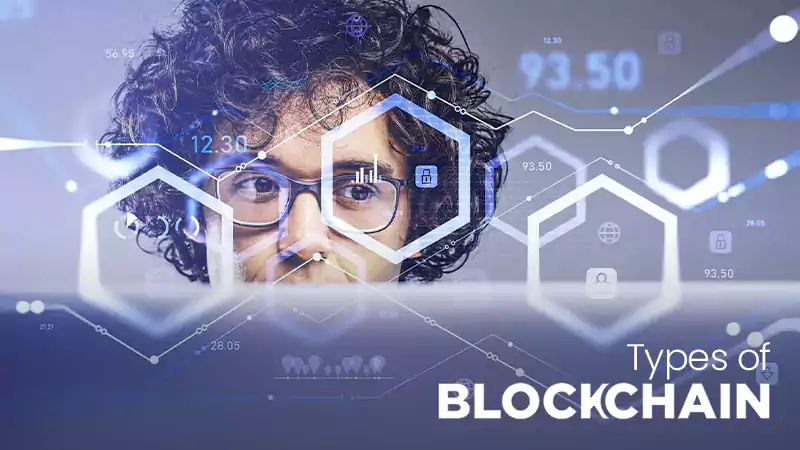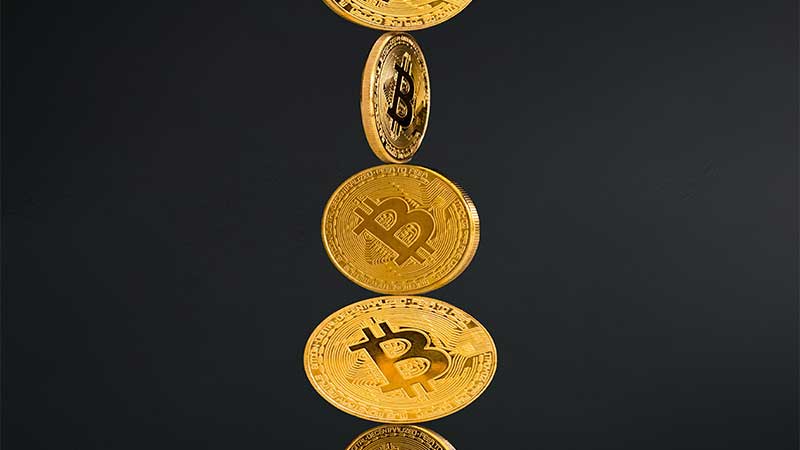Blockchain – What is It?
Blockchain is now at varying levels of adoption among enterprises all around the world. According to the most recent data, the consumer products and manufacturing industry is the most quickly adopting blockchain, with 29% of companies implementing and utilizing it in production. Contrary to popular assumption, financial services are not so readily conquered, with 49% of companies just experimenting with blockchain and developing proofs of concept before deploying it.
Is blockchain a win-win situation for all businesses? Is it just a trick of the light? Or is it too soon to say? This article describes how blockchain works while also emphasizing why the technology still needs time and expertise before becoming widespread across many sectors.
Blockchain Has Been Around for 27 Years
The blockchain concept is older than most people believe. It was first used in 1991 to timestamp digital documents so that they could not be backdated or tampered with. Unfortunately, it was not well received, and the world quickly forgot about it.
Satoshi Nakamoto, on the other hand, turned this notion into a game-changing cryptocurrency in 2009. Suddenly, people’s perceptions of trade/transactions shifted, and the world began to pay attention to blockchain technology. After all, it’s unusual to come across a disruptive technology with such high levels of protection.
What’s remarkable about blockchain is not only the security it adds to transactions, but also the flexibility and trust it gives the people involved. Blockchain technology shows ownership, history, and ability in a non-centralized encrypted form, eliminating the need for middlemen who would typically vouch for these traits. Furthermore, blockchain enables transactions that are quick, transparent, and accurate.
Technological Potential
Mike Schwartz, a blockchain expert, lauded “blockchain for creating an economy between machines,” altering our society in the same way as the combustion engine, telephone, computer, and internet did in their own time.
The fact that industries have yet to hop on the blockchain bandwagon has less to do with the learning curve of technological sophistication and more to do with the significant changes it generates. Because the fact is that blockchain is pushing us to reorganize our brains around important ideas like transactions, interactions, and money. Indeed, trade is experiencing the most significant transformation since the switch from barter to cash. And, because of the openness it provides and the lack of intermediaries, we get to experience a new degree of freedom and trust.
Summary
Aside from the time-consuming shift in habits and mindsets that blockchain necessitates, the technology has a high learning curve. Current blockchain implementations, such as Bitcoin and Ethereum (regardless of the issue of mining currency with the use of, for example, operating systems such as simplemining.net, do not match the performance and scaling criteria, according to Schwartz, and the computer science underlying consensus platforms is not yet well understood.
To summarize, blockchain is steadily maturing, and we can’t rush it. As a result, we must let go of our lofty expectations and allow them to expand and flourish. Meanwhile, we must continue to explore to fully comprehend how it works and how businesses may benefit from it.
Unlocking the Potential: How Blockchain is Revolutionizing Key…
Can You Gain Interest on Ethereum?
Major Highlights of the Ethereum Journey (2023)
What is Brokoli Network? (Explained)
How is Blockchain Used by Walmart in the…
What are the Different Types of Blockchains?
Blockchain Development Services and How They are Disrupting…
How to Exchange Ethereum to USD in a…
Get to Know About the Things Which Make…
Top 3 Most Significant Technological Breakthroughs Used by…










